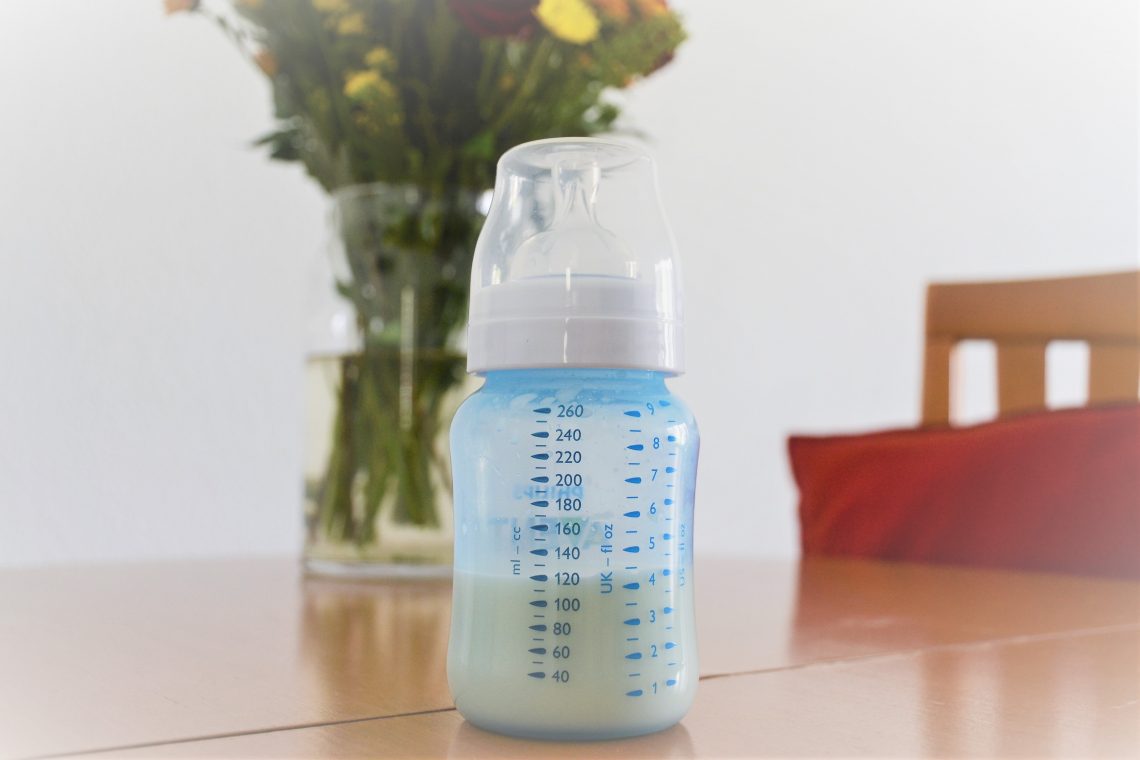
When and How do I feed my baby?
Following this post, today’s post is all about infant hunger and breastfeeding.
Obviously, I’m no expert, but in my journey that I started 3-months ago with my baby boy, I’m constantly learning new stuff, important stuff, about those subjects, and I feel this knowledge must be shared.
**There are tons of information on these topics online, be sure I searched and read a lot of it while trying to understand my baby’s behavior and needs. This post is mainly meant to reference my personal experience on those subjects.
Hunger Cues
From the early stages to late (when the baby must be calmed before feeding):
- Opening mouth when placing a finger near his mouth.
- Sucking hands, fingers or clothing.
- Sucking the neck of whoever is carrying him.
- Trying to position for nursing.
- Fidgeting or squirming around a lot.
- Hitting you on the arm or chest repeatedly.
- Fussing or breathing fast.
- Moving head frantically from side to side (like searching for breast).
- Crying.
My tips for breastfeeding
While it is the most natural thing in the world, it has a learning curve that both mama and baby need to get through, and it can definitely take some time and hard work.
For me, breastfeeding was one of the most intense and difficult parts of motherhood at the beginning, but after a while, it became one of my favorites.
Here are some tips that I’ve learned along the way and the essentials that have helped me to make it easier.
Stay hydrated
The amount of thirst you feel while feeding is insane. so as a breastfeeding mama, you need to be extra hydrated.
For this mission, I have a water bottle with a flip straw that never leaves my side. This one might seem kind of weird, but having a bottle of water with a straw is really helpful, because when you don’t have free hands, the straw is a big help, and in a bottle you surely can have more water than in one glass, eliminating the need to go for a refill every minute.
Ask for help
As a first time mama, it was my first time breastfeeding.
Having zero preparation for this task, soon I was in a ton of pain.
The pain in my breast, and my whole body actually, with the addition of repeated comments and pressure I was getting from hospital nurses and family members, led me giving permission to feed my baby with formula, twice. I knew that him getting the nutrients and calories he needed was more important than anything else, but this decision was really difficult for me and it made me feel like I had failed my baby. I realized I needed help, motivation alone was not enough.
Fortunately, I was soon informed the hospital provides a lactation consultant, free of charge!
From that moment till the very last minute of the morning I was released from the hospital, I went to see her and set there for hours asking for her guidance on how to hold Daniel and how to help him with his latch. Her help was enormous, no doubt.
Determined, I kept breastfeeding Daniel, with no formula supplement, and after a few weeks, the pain started fading away until it was completely gone.
Silicone nipple shields
It was the first thing my sister suggested I’d use to protect my achy nipples, and she was right. It can also help to draw out flat or inverted nipples, and help your baby with latching, but before you buy one, be sure you chose the correct size shield for you.
In the beginning, my nipples were in a really bad state. They were sore, cracked and even bled. I used a nipple shield in every feed, and it differently helped to reduce the pain. Also, as my nipples were flat, it helped Daniel with his latch. After a while, when my nipples started healing, I gradually stopped using them, until I didn’t need to use them at all!
I really recommend you check this product out.
Nipple cream
Trust me, you’ll need it. Especially at the very beginning. It can help soothe and protect sore, cracked nipples. I used the Lansinoh HPA Lanolin. The recommendation is to apply it after every feeding, and the great thing is that it’s baby safe, so no need to wipe it off before next feed!
Nursing Bras
I live in nursing bras. Really, if you are breastfeeding, there is no point in putting on a regular bra anymore.
Nursing pads
They are like sanitary pads for your breasts. You put them inside your bra and when milk leaks out of your breasts, which it does, the pads will be there to keep it from getting onto your bra and getting onto your shirt. They are also really good to use while you’re nursing. When you’re nursing on one side, and the milk comes in on the other, the pad is there.
Burp Cloths
I had no idea how important burp cloths were until after we had Daniel. If your baby has reflux or not, he probably will spit up from time to time and you want something there to clean it up and to cover your clothes for when it happens. Ow, and you may want to buy more than just a couple, they tend to get dirty really fast.
Tummy Relief Drops
I used it mainly for the first 2 months, before every feed, to help Daniel with his gassy tummy. It was a life saver. Before we used it, he really straggling while feeding because after just a couple of minutes he started having gas pains. We gave him the minimum dose of Tiptipot Simicol drops, and they definitely helped.
Nursing pillow
It can help to hold the baby up and feed him comfortably. I use a regular pillow most of the time (but these days I already can nurse like a pro without it). Also, I use around pillow to put Daniel in the middle, I noticed it helps him with digestion.
Pump
Sometimes you just need to go running some earns or maybe to go on a date with your husband (sooo important to keep the romance going!)
Pumping can give you a couple of house break from nursing and you can leave the little one with a babysitter for a while! Also, it is a good way to relieve the pain and pressure of engorged breasts or to stimulate your milk production and increase your milk supply.
A few days ago, I realized there is a Pumping Bra! I am seriously considering to purchase one, and suggest you check it out too!
Happy Nursing!


